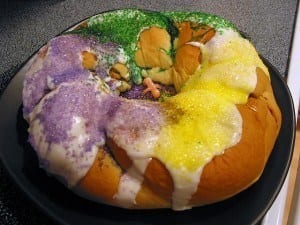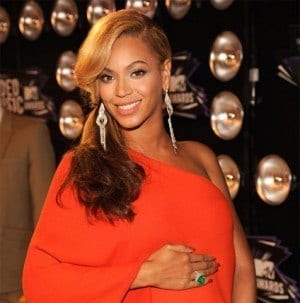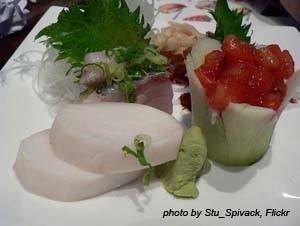
Traditional Mardi Gras dessert remains a favorite
King cake season is almost over as Fat Tuesday is fast approaching. This dessert is typically served during carnival season, lasting from Epiphany Eve to Fat Tuesday.
The king cake is actually a brioche: a sweet, bread-like dough that is rolled and twisted into an oval shape and then typically drenched with icing and topped liberally with three colors of dyed sugar. The colors are traditional Mardi Gras colors: green represent faith, gold symbolizes power and purple stands for justice. Sometimes beads are also placed on top as decoration.
The name of this sweet treat comes from the bible’s three kings who visited baby Jesus on the 12th night. Catholic tradition celebrates the visit of the three kings to Christ Child on Jan. 6, Epiphany Eve. The practice of baking a cake to honor the Magi dates back to 12th century.
The oval shape of the king cake represents the journey of the Magi. A trinket is usually hidden in the cake. The trinket was traditionally a bean, these days, however, the most common trinket is a small plastic baby doll (to represent baby Jesus). Due to concerns about sanitization and choking hazards, many bakeries now include the trinket separately from the dessert.
In times past, the person who found the trinket was declared king for the day and was pronounced to have good luck for the coming year. Nowadays, the person is usually required to perform some sort of obligation, such as hosting the next Mardi Gras party.
The term Mardi Gras is French for Fat Tuesday and refers to the practice of eating rich and fatty foods before the fasting season of Lent, hence the tradition of this indulgent treat















